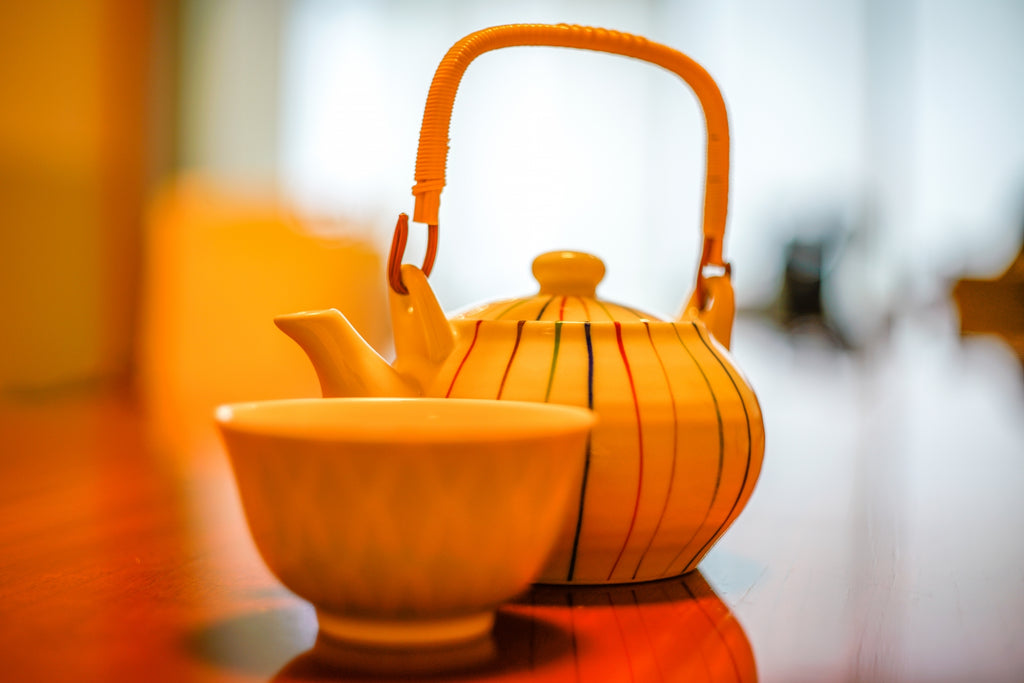The Japanese tea pot is called “Kyusu”. Kyusu and the English-style tea pot are both used to make tea with, but there are some differences. In this article, I would like to explain about 4 differences. Please note that herein after, “the tea pot” refers to the English-style tea pot and Kyusu refers to the Japanese-style tea pot.
1. History
“Kyu” in Kyusu means “unexpected” or “sudden” and “Su” means “use”. Tracing back the history, Kyusu was originally created in China and used as a tool to warm up water or rice wine with for unexpected guests. Then during the Edo period, Kyusu was introduced to Japan and started to be used as a tea pot. The tea pot broadly used in Britain was also introduced from China, but from a different region of China, where the origin of the tea pot was similar to the tea pot currently used in Britain.
2. Handle
Because of these differences in the historical background, the shapes of the tea pot and Kyusu are different. Both the tea pot and Kyusu have a handle, but the position of the handle is different. In the tea pot, the handle is called “back handle”, which means the handle is allocated directly opposite to the spout. Meanwhile, Kyusu has its handle at 90 decrees to the spout. This is called “side handle”. Some types of Kyusu have a top handle that looks like an arch. The top handle is usually used for larger types of Kyusu.
3. Size and purpose
Another purpose of the tea pot is to keep the temperature of the tea drink. Therefore the size of the tea pot is relatively large and sometimes a cover (usually knitted or crocheted cover) is fitted around the tea pot to keep the temperature. On the other hand, Kyusu is smaller. This is because the Japanese tea leaves should not be left in hot water long and every drop of the drink is poured out of Kyusu each time you make tea. Otherwise, the goodness of green tea will be spoiled. For this reason, Kyusu is usually designed in a small size just enough to contain the amount of tea for 4 small cups or 2 large cups. However, when serving tea for a large group of people, a large Kyusu is also used. In this case, the Kyusu has a top handle.
4. Material
The tea pot and Kyusu are also different in materials. Most of both tea pot and Kyusu are made of ceramics, but glass may be used for the tea pot, as people like enjoying looking at how tea leaves expand in the pot. As for Kyusu, iron can also be used, so that the fragrance of iron is extracted and this adds a unique aroma to the Japanese tea. Kyusu made with Nanbu iron is especially well known.

